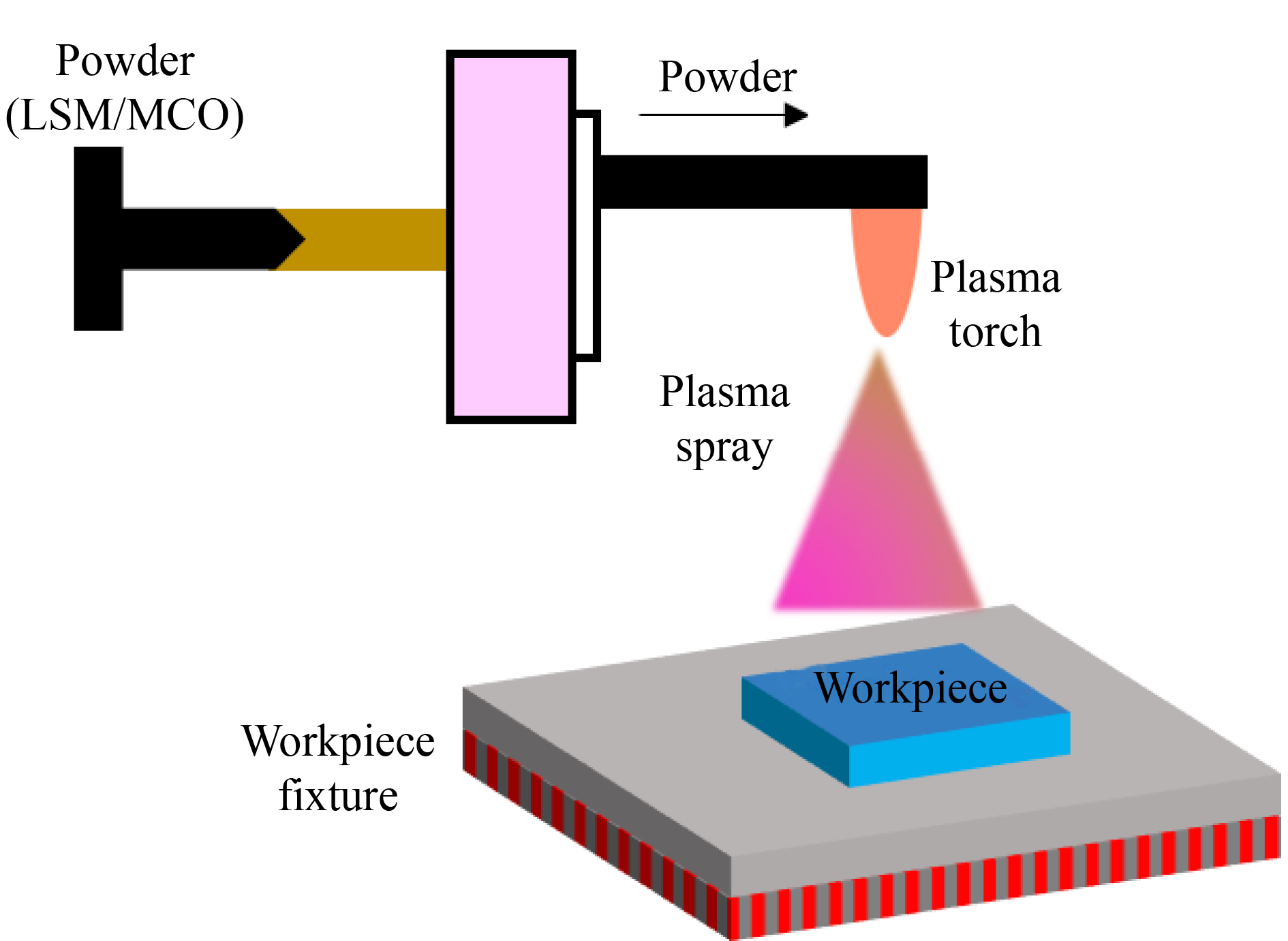Solid oxide cells (SOCs) have attracted global attention due to their high energy conversion efficiency, low pollution emission, relatively flexible fuel choice, and the capability to meet the requirement for large scale energy storage and conversion [
1–
3]. SOCs have two reversible operating models, solid oxide fuel cell (SOFC) and solid oxide electrolysis cell (SOEC). SOFC can convert chemical fuels, such as H
2, CO, and hydrocarbons, directly to electricity with high energy efficiency, high energy and power densities [
4–
6]. In contrast, SOEC can store electricity into chemical fuels, such as H
2, CO, or syngas, through water electrolysis, CO
2 electrolysis or H
2O/CO
2 co-electrolysis [
7,
8]. Due to the above characteristics, SOCs are considered as a robust and flexible energy conversion technology to cope with the wide range of operating conditions in future energy scenarios. Historically, long-term stability and thermal (cool-down/heat-up) and emergency shutdown cycle tolerance have posed critical challenges to multi-scenario applications of SOCs [
1].










